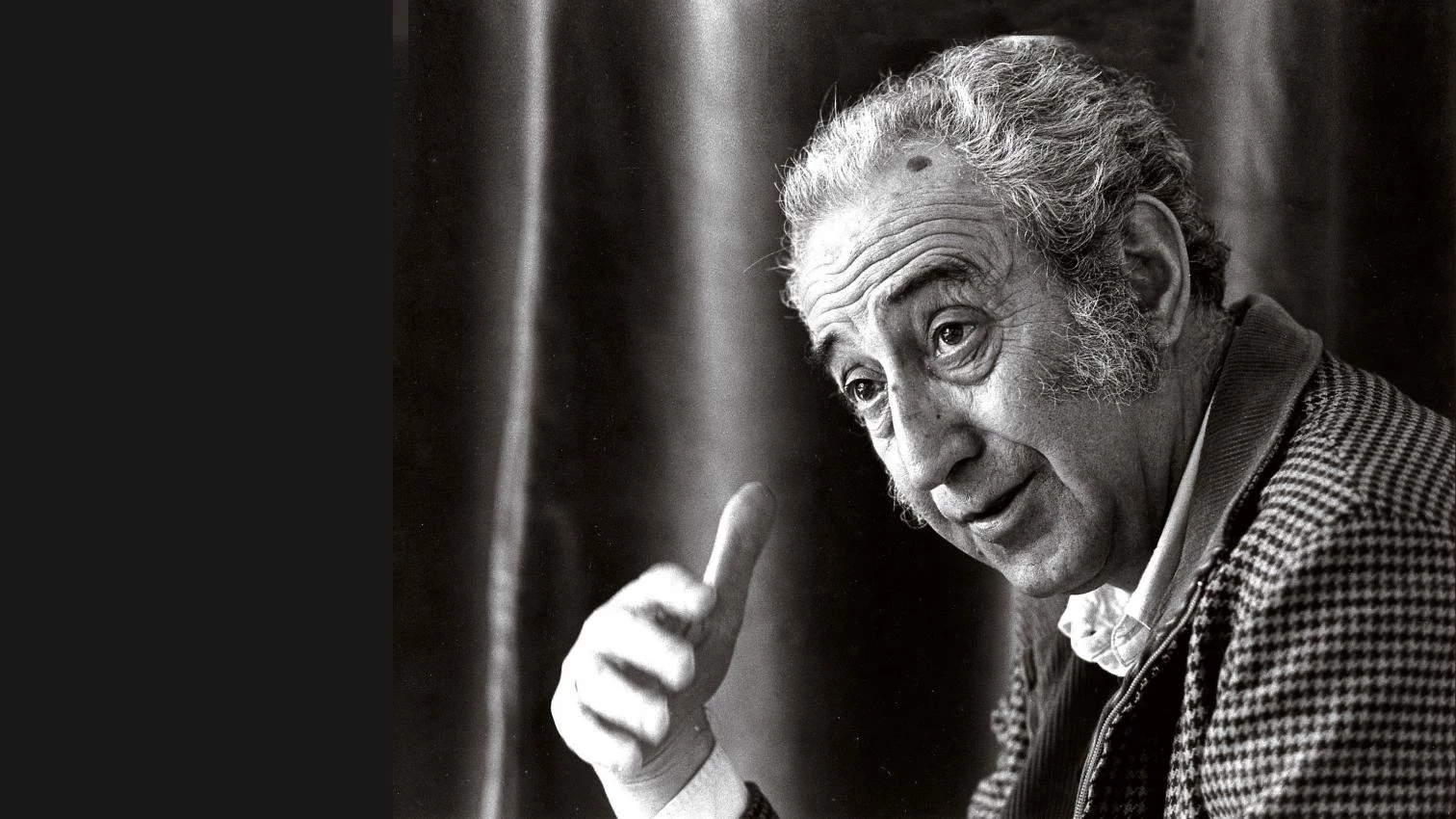
(1926-2009)
Graduate of the Madrid School of Architecture in 1959, the career of the architect Luis Peña Ganchegui is above all linked to the Basque Country, the backdrop for most of his production. The intricate topography of this region is, in fact, one of the essential keys to understanding his oeuvre, always in dialogue with the territory; the Plaza del Tenis in San Sebastián (1975) is a good example of this way of working, turning a stepped granite carpet facing the Bay of Biscay into the best frame for the sculpture Peine del Viento, by Eduardo Chillida. But if the public spaces, such as the aforementioned Plaza del Tenis, or the earlier Plaza de la Trinidad in San Sebastián (1961), are an essential part of his career, the residential projects are in fact the main axes of his professional work, with buildings like the Aizetzu dwellings (1964) and the Casa Imanolena (1964), both in Montrico, or the Casa Arrigain (1964), in Oyarzun. Peña Ganchegui is also known for being one of the driving forces, with the support of Oriol Bohigas and of the Barcelona School, behind the creation of the San Sebastián School of Architecture, which opened its doors in 1977.





